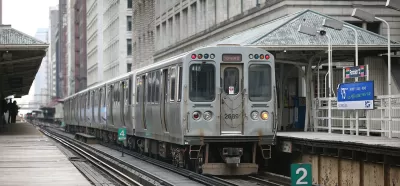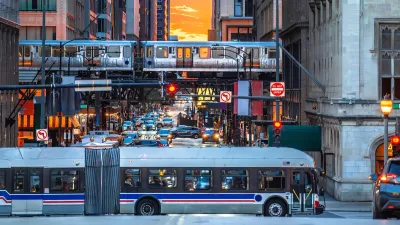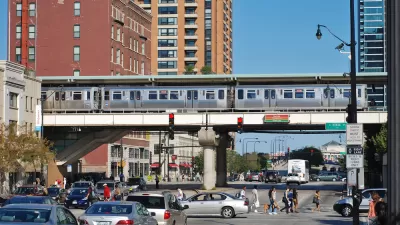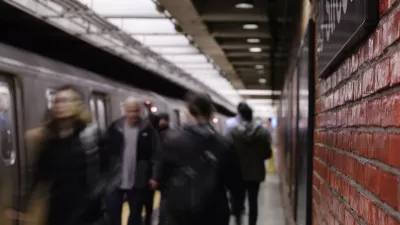Both cities have aging transit systems in need of major repairs. Chicago’s approach has helped turn the system around while New York is still grappling with its issues.

The transit systems of Chicago and New York face many of the same challenges, including deteriorating infrastructure and growing ridership demands. Winnie Hu looks at the reasons Chicago has been able to tackle these hurdles while New York has continued to struggle.
One factor in Chicago’s success is that the Chicago Transit Authority has moved forward on $7.2 billion of projects since 2011, and many projects were completed quickly by shutting down whole sections of the system. The New York Metropolitan Transportation Authority, on the other hand, has spent years on some projects by doing work at night and on the weekends.
Chicago also had Mayor Rahm Emanuel providing the political will necessary to get projects rolling. “In contrast, New York’s subway has been a pawn in the political feud between Gov. Andrew M. Cuomo, a Democrat, who controls the Metropolitan Transportation Authority, and Mayor Bill de Blasio, also a Democrat. Each has blamed the other for its dismal state,” says Hu.
Hu says Chicago has also been aggressive in pursuing funding for projects. In addition to securing federal grants and loans, Chicago officials were willing to look to alternative sources of funding. “This year, Mr. Emanuel and the Chicago City Council increased a per-ride fee on ride-hailing services by 15 cents to raise money for track maintenance and safety upgrades,” says Hu.
In New York, little consensus about how to pay for subway projects has led to a haphazard acquisition of funding and many unknowns about how to cover the cost of proposed major upgrades.
Hu notes that New York has a much larger rail system than Chicago. Still, Chicago has dealt with similar issues, and its future was looking grim a decade ago. Since then, through upgrades and investments, the situation has improved considerably. Delays are down, the number of breakdowns has decreased, and ridership is up. “On trains and platforms around Chicago, many riders said the trains were finally running the way they were supposed to,” says Hu.
FULL STORY: Where Chicago Trounces New York: Fixing Mass Transit

Montreal Mall to Become 6,000 Housing Units
Place Versailles will be transformed into a mixed-use complex over the next 25 years.

Planetizen Federal Action Tracker
A weekly monitor of how Trump’s orders and actions are impacting planners and planning in America.

DARTSpace Platform Streamlines Dallas TOD Application Process
The Dallas transit agency hopes a shorter permitting timeline will boost transit-oriented development around rail stations.

Philadelphia Swaps Car Lanes for Bikeways in Unanimous Vote
The project will transform one of the handful of streets responsible for 80% of the city’s major crashes.

Interactive Map Reveals America's “Shade Deserts”
Launched by UCLA and American Forests to combat heat-related deaths, the tool maps the shade infrastructure for over 360 U.S. cities.

Bicycles and Books — In Sacramento, Libraries Now Offer Both
Adult library card holders can check out e-bikes and e-trikes for up to one week.
Urban Design for Planners 1: Software Tools
This six-course series explores essential urban design concepts using open source software and equips planners with the tools they need to participate fully in the urban design process.
Planning for Universal Design
Learn the tools for implementing Universal Design in planning regulations.
City of Mt Shasta
City of Camden Redevelopment Agency
City of Astoria
Transportation Research & Education Center (TREC) at Portland State University
US High Speed Rail Association
City of Camden Redevelopment Agency
Municipality of Princeton (NJ)





























